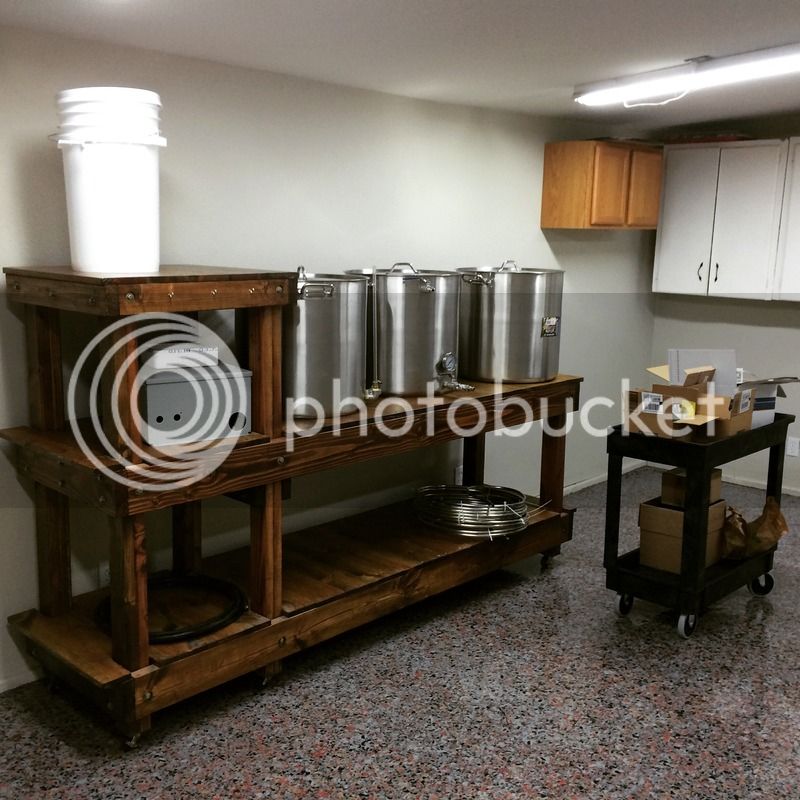I would like to first start out saying that i found the most amazing thing in the world i had no idea existed, a wireless soldering iron. Oh lord throw 3 AA batteries in this stupid thing i found at Frys for $20(cant find my current one) and within 10 seconds its super hot and ready to go. Small compared to my normal wired irons and i went to town wiring my XLR jacks, i was totally expecting having to pull them from the case, solder everything and then put them back in but was able to just quickly solder all the connectors in place in about 15 minutes which says alot, you can see how cramped it is in there with all the contactors. No joke one of the best gadgets ive bought this year lol...made my life so much easier...i also fly(or used too but haven't in a few years) Electric RC planes and having this would make fixing things offsite or even at home WAY easier.
Got my panel mostly wired, got the Elsinore setup more or less..all the probes are reading, and i was able to successfully setup and turn on my switches for my pump plugs, i have no power going into them because its wired up off my 240V plug...but i can see the LED's come on and hear the relays clicking so im confident it will work. For now i have a rigged 120V cable i wired directly into the 120V-5V power supply for testing, so ill have to pull that out and wire it to my main power cable in as well...Oh and wire in the hot line for the LED's...
Overall good night, didnt finish like i hoped but got a lot done and really just need to wire in the 240V outlets from the contactors and rewire the 120V->5V as i said above and im ready..contacting the cheapest Electrician quote i got to hopefully get the outlet installed soon.
The wiring isnt too bad so far, i have them all routed through zipties that arent pulled tight yet so it will clean up a bit more when i get to that point. Also need to shorten up the cables going into the Relay board from the 120V socket, it was the last thing i did and wanted to test it before going to bed so just kept them long and shoved the thing in there to test it so thats why theres a big clusterfk of wires down there. Also hope i like the positioning of my Breadboard, all the cheap POS's lost all their stickiness on the back even though they had the film cover on them and were in a bag this entire time...so i JB welded the damn thing to the box...not going anywhere now

The power comes in the bottom of the left most relay, and comes out and over to the other two relays that feed downwards towards the plug, seems to be a good flow so far since i can wire my plug hot's directly onto the first contactor to save wiring.
Also the wifi seems to work fine in the enclosure? It only has 2 bars, but i can access it via my laptop no problem and it seems to be very responsive...keeping it setup such that i can modify the panel and do wired if required. This is proof you can build an Elsinore in a 10x10x5 box

I wanted to make it as compact as possible so i have room to hang it on my wall near the outlet.





































![Craft A Brew - Safale BE-256 Yeast - Fermentis - Belgian Ale Dry Yeast - For Belgian & Strong Ales - Ingredients for Home Brewing - Beer Making Supplies - [3 Pack]](https://m.media-amazon.com/images/I/51bcKEwQmWL._SL500_.jpg)

























